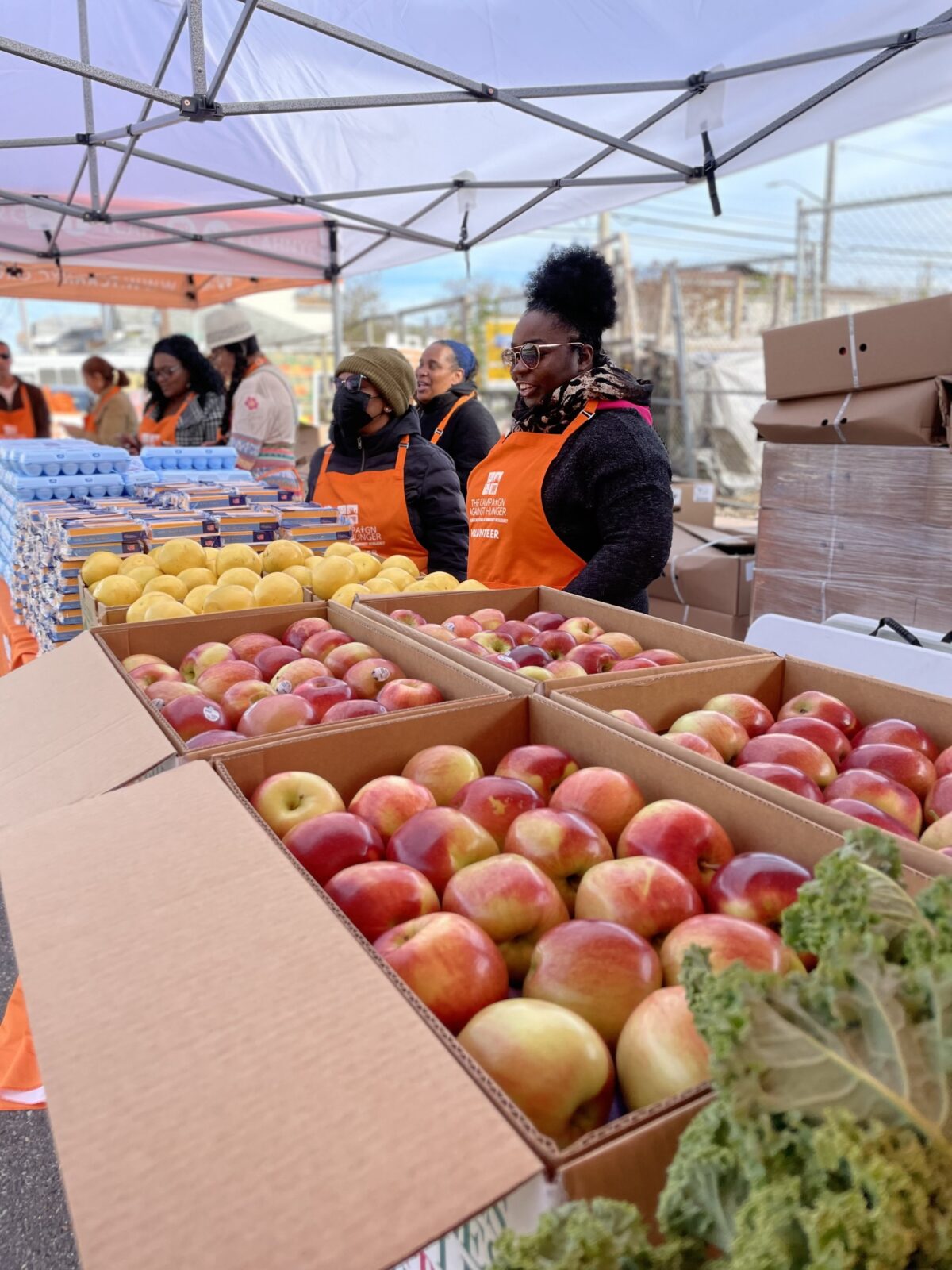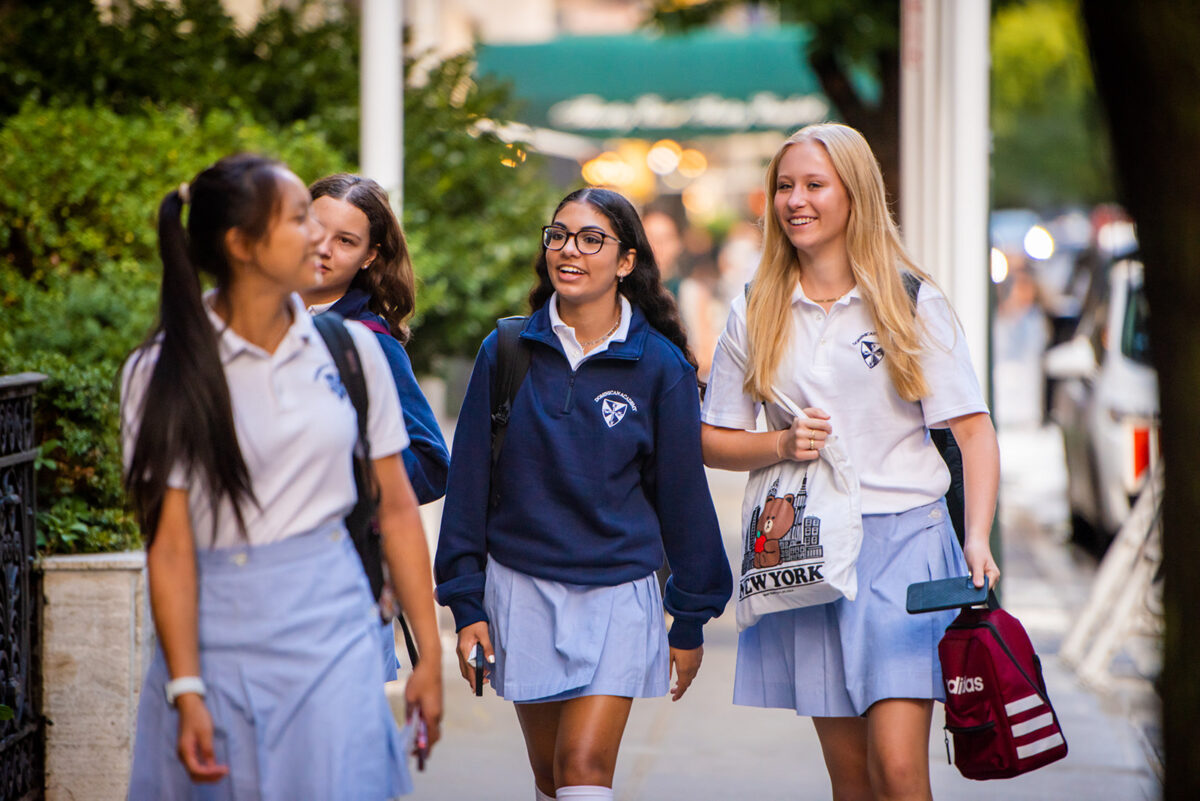Food Charity Needs Increase in Glendale & Ridgewood
In the spring of 2024, amidst the ongoing recovery from a global pandemic, the neighborhoods of Glendale and Ridgewood in Queens, New York, are grappling with a rapidly intensifying crisis that belies their suburban affluence. With median home prices reaching $862,000 in Glendale and soaring to $1.2 million in Ridgewood, these communities present a façade of prosperity. However, beneath this veneer lies a starkly different reality: an escalating demand for food assistance that challenges the perception of suburban wealth.
The Campaign Against Hunger (TCAH), a vanguard in the fight against food insecurity, has reported a startling 181% increase in pantry services in Ridgewood and an even more concerning 281% increase in Glendale. These figures not only highlight a burgeoning crisis but also underscore the organization’s critical role in meeting an unprecedented demand for food assistance amidst dwindling resources. Despite facing challenges such as a decrease in funding, partly due to the exodus of donors from New York City, TCAH has managed to distribute over 25 million nutritious meals to more than 2 million community members since the onset of the pandemic. This response was unparalleled, significantly eclipsing their pre-pandemic impact and underscoring their pivotal role in the community’s resilience.
The underlying causes of this surge in food insecurity are multifaceted. The United Way’s True Cost of Living policy brief sheds light on the grim economic realities faced by residents, which are far removed from the average incomes that the home prices in these areas might suggest. Despite an average annual household income of $94,274 in these neighborhoods, with a median income of $77,350, the cost of living in New York City, amplified by the pandemic’s economic impact, has pushed an increasing number of families towards the brink of financial instability. This discrepancy highlights the inadequacy of median incomes to cover basic living expenses, including healthcare, childcare, and transportation, let alone the inflated housing costs.
The escalating demand for food assistance in Glendale and Ridgewood is a reflection of a broader societal issue, where the true cost of living far exceeds what many residents earn. This situation has resulted in a hidden crisis of hunger and food insecurity in communities that, on the surface, appear to thrive economically. Dr. Melony Samuels, the Founder & CEO of TCAH, emphasizes that behind every statistic is a real person or family facing difficult choices between paying bills and ensuring food security. “The numbers are a wake-up call,” she states, advocating for greater awareness and action to address this pressing issue.
TCAH’s efforts to combat hunger in these neighborhoods go beyond mere statistics. They represent a beacon of hope and solidarity, showcasing the importance of community organizations in providing essential services and support during times of crisis. The organization’s work, particularly in serving 15% of its client base from Glendale and Ridgewood, illustrates the critical need for both immediate and long-term solutions to urban food insecurity.
As TCAH continues to navigate the challenges of increased demand for food assistance, their work is a poignant reminder of the hidden hunger that persists in the midst of apparent abundance. It calls for a collective response from policymakers, community leaders, and the public to ensure that the fundamental right to food is not compromised by economic disparities. The situation in Glendale and Ridgewood exemplifies the urgent need for a comprehensive strategy to address the root causes of food insecurity, ensuring that no resident is left behind in the quest for a prosperous and equitable future.
Source:
- Data, The Campaign Against Hunger internal data systems
- https://unitedwaynyc.org/true-cost-of-living/






